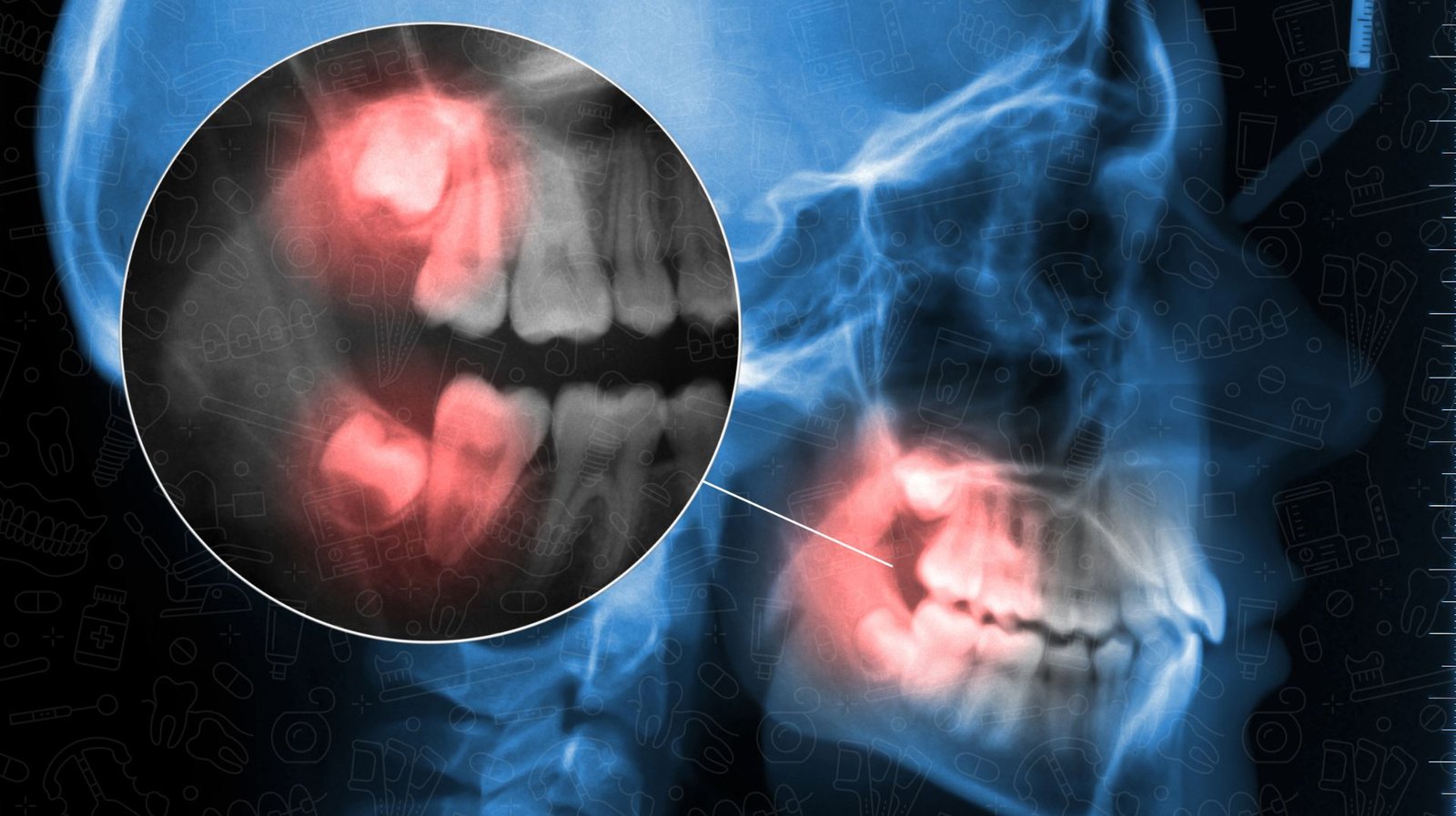I. Introduction
Overview of Dental Restorations
Dental restorations encompass a wide range of procedures aimed at repairing or replacing damaged or missing teeth. These treatments not only improve the functionality of your teeth but also enhance the aesthetic appeal of your smile. Common dental restorations include fillings, crowns, dentures, implants, and dental bridges. Each option is tailored to address specific dental needs, ensuring that patients can maintain their oral health and enjoy a complete, functional smile.
Introduction to Dental Bridges
Dental bridges are a popular restorative option for replacing one or more missing teeth. They “bridge” the gap created by missing teeth by anchoring an artificial tooth (or teeth) to the adjacent natural teeth or implants. Dental bridges are a less invasive alternative to dental implants and a more permanent solution than dentures. They restore not only the appearance of your smile but also the functionality, helping you chew and speak more effectively.
Purpose of the Topic: Unveiling the Truths About Dental Bridges
While dental bridges offer numerous benefits, they also come with certain considerations that patients need to be aware of before deciding on this treatment. This topic aims to uncover the essential truths about dental bridges—both the advantages and potential drawbacks—so you can make an informed decision about whether they are the right choice for your dental restoration needs.
II. Understanding Dental Bridges
Definition and Function of Dental Bridges
A dental bridge is a fixed prosthetic device used to replace missing teeth by “bridging” the gap between two healthy teeth or dental implants. The bridge is typically made up of two or more crowns on either side of the gap (called abutment teeth) and a false tooth or teeth (called pontics) that fill the gap.
Different Types of Dental Bridges
- Traditional Dental Bridges: The most common type, traditional bridges consist of a false tooth or teeth held in place by dental crowns that are cemented onto the abutment teeth. These are ideal for filling gaps between healthy, natural teeth.
- Cantilever Dental Bridges: Used when there is only one natural tooth next to the gap, a cantilever bridge is supported by a single abutment tooth, making it less common and more suitable for areas of the mouth with less stress, like the front teeth.
- Maryland Bonded Bridges: Also known as a resin-bonded bridge, this type uses a framework of metal or porcelain bonded to the back of the abutment teeth, with wings on each side of the pontic. It’s a more conservative option since it doesn’t require crowns.
- Implant-Supported Bridges: Instead of being supported by natural teeth, this type of bridge is anchored by dental implants. This option is ideal for patients who are missing multiple teeth or who don’t want to rely on their natural teeth for support.
How Dental Bridges Work
Components of a Dental Bridge: Abutment Teeth, Pontics, and Materials Used
- Abutment Teeth: These are the natural teeth or implants on either side of the gap that provide support for the bridge.
- Pontics: The false teeth that replace the missing teeth, filling the gap and restoring the appearance and function of the smile.
- Materials Used: Dental bridges can be made from various materials, including porcelain, ceramic, metal alloys, or a combination of these. The choice of material often depends on the location of the bridge and aesthetic considerations.
III. Shocking Truths About Dental Bridges
Truth 1: Dental Bridges Are Not a Permanent Solution
Lifespan of Dental Bridges and Maintenance Requirements
While dental bridges are durable, they are not a permanent solution. On average, a dental bridge lasts between 5 to 15 years, depending on how well it is cared for. Regular dental visits and proper oral hygiene are crucial to extending the lifespan of a bridge.
Truth 2: Not Everyone is a Candidate for Dental Bridges
Factors That Determine Eligibility
Not everyone is a suitable candidate for a dental bridge. Factors such as the health of the adjacent teeth, the location of the missing teeth, and overall oral health play a significant role in determining eligibility. Patients with severe gum disease or insufficient tooth structure may need alternative treatments.
Alternative Options for Tooth Replacement
For those who are not suitable candidates for dental bridges, alternatives such as dental implants, partial dentures, or even no treatment might be recommended. Each option has its own set of benefits and considerations.
Truth 3: Dental Bridges Can Affect Adjacent Teeth
Impact on Natural Teeth and Long-Term Considerations
One of the potential downsides of a traditional dental bridge is the impact on the adjacent teeth, which must be reshaped to accommodate the crowns. This process can weaken these teeth, increasing the risk of decay or damage over time. Regular monitoring by a dentist is essential.
Truth 4: Dental Bridges Require Special Care
Oral Hygiene Practices Needed to Maintain a Dental Bridge
Maintaining a dental bridge requires diligent oral hygiene practices. Brushing twice daily, flossing, and using interdental brushes or water flossers to clean around the bridge are essential to prevent plaque buildup and gum disease. Regular dental check-ups are also necessary to ensure the bridge and surrounding teeth remain healthy.
Truth 5: Cost Considerations and Insurance Coverage
Breakdown of How Much Dental Bridges Cost
The cost of a dental bridge can vary depending on the type, materials used, and the complexity of the case. Traditional bridges are generally less expensive than implant-supported bridges, but costs can still range from $500 to $1,200 per tooth.
What Insurance Typically Covers
Many dental insurance plans cover a portion of the cost of dental bridges, typically around 50%, but this can vary. It’s important to check with your insurance provider to understand your coverage and out-of-pocket costs.
IV. Benefits of Dental Bridges
Restoring Functionality and Aesthetics
How Dental Bridges Improve Chewing and Speaking
Dental bridges play a crucial role in restoring the functionality of your mouth. By filling the gap left by missing teeth, they make it easier to chew food properly and speak clearly.
Enhancing the Appearance of Your Smile
A dental bridge can significantly improve the appearance of your smile by filling in gaps, ensuring a uniform and aesthetically pleasing set of teeth.
Preventing Teeth from Shifting
Importance of Replacing Missing Teeth to Maintain Alignment
When a tooth is lost, the surrounding teeth can shift out of place, leading to bite issues and further dental complications. A dental bridge helps maintain proper tooth alignment and prevents shifting.
Boosting Confidence and Quality of Life
Emotional and Psychological Benefits of a Complete Smile
Having a complete set of teeth can boost your confidence, improve your self-esteem, and enhance your overall quality of life. Dental bridges provide a solution that looks and feels natural, allowing you to smile with confidence.
V. Limitations and Challenges of Dental Bridges
Potential Complications and Risks
Common Issues Such as Tooth Sensitivity and Gum Irritation
Dental bridges can sometimes lead to complications such as tooth sensitivity, particularly if the abutment teeth have been heavily modified. Gum irritation around the bridge is also a common issue that requires attention.
Longevity and Durability
Factors Affecting the Lifespan of Dental Bridges
The lifespan of a dental bridge is influenced by factors such as the materials used, the patient’s oral hygiene habits, and the health of the surrounding teeth and gums. Regular dental care is essential to maximizing the longevity of the bridge.
Comparisons to Other Dental Restoration Options
Dental Bridges vs. Dental Implants
Dental implants offer a more permanent solution but involve a more invasive procedure and higher costs. Bridges, while less durable, are often preferred by those seeking a quicker and less invasive solution.
Dental Bridges vs. Dentures
Dentures are a removable option that can replace multiple missing teeth, while bridges are fixed in place. Dentures are more affordable but may not offer the same level of comfort or function as dental bridges.
VI. Who Should Consider Dental Bridges?
Ideal Candidates for Dental Bridges
Assessing Your Suitability Based on Oral Health and Lifestyle
Ideal candidates for dental bridges have healthy abutment teeth and good overall oral health. They are typically looking for a fixed, non-removable solution to replace one or more missing teeth.
Consultation with a Dentist
Importance of a Professional Evaluation to Determine the Best Option
A consultation with a dentist is essential to evaluate whether a dental bridge is the right option for you. The dentist will assess your oral health, discuss your goals, and recommend the best treatment based on your individual needs.
Considerations Before Choosing a Dental Bridge
Personal Preferences, Budget, and Long-Term Goals
Before deciding on a dental bridge, consider your personal preferences, budget, and long-term dental goals. Understanding the benefits and limitations of a bridge will help you make an informed decision.
VII. The Dental Bridge Procedure: What to Expect
Initial Consultation and Assessment
The process begins with a consultation where your dentist assesses your oral health, discusses your treatment options, and takes impressions of your teeth.
Preparation of Abutment Teeth
The abutment teeth are reshaped to prepare them for the crowns that will anchor the bridge. This may involve removing some enamel to create space for the crowns.
Impression Taking and Fabrication of the Bridge
Impressions of your teeth are taken to create a custom bridge that fits perfectly. The bridge is then fabricated in a dental lab.
Fitting and Cementing the Dental Bridge
Once the bridge is ready, it is fitted and adjusted to ensure a proper bite. It is then permanently cemented into place.
Post-Procedure Care and Follow-Up Appointments
After the procedure, your dentist will provide instructions on caring for your new bridge and schedule follow-up appointments to monitor its condition.
VIII. Maintaining and Caring for Your Dental Bridge
Daily Oral Hygiene Practices
Brushing, Flossing, and Using Specialized Tools
Maintain your dental bridge by brushing twice daily with fluoride toothpaste, flossing carefully around the bridge, and using specialized tools like interdental brushes or water flossers.
Regular Dental Check-Ups and Cleanings
Importance of Professional Maintenance to Extend the Lifespan of the Bridge
Regular dental visits are crucial for maintaining the health of your dental bridge and the surrounding teeth. Professional cleanings and exams help prevent issues that could compromise the bridge.
Dietary Considerations
Foods to Avoid and Recommendations for Keeping the Bridge in Good Condition
Avoid hard, sticky, or chewy foods that could damage the bridge. Opt for a balanced diet that supports overall oral health.
IX. Conclusion
Final Thoughts on Deciding If Dental Bridges Are Right for You
Consider your personal needs, preferences, and the information provided to decide whether dental bridges are the right solution for your missing teeth.
Consulting with a dental professional is crucial to making an informed decision and ensuring you receive the best possible care.





